Mr Badger
Didymus
- Messages
- 7,457
- Edit My Images
- No
A few weeks ago in another thread I came up with the idea of doing a direct comparison of two ‘prosumer’ type Canon SLR cameras; a latter-day classic film camera pitted against a full frame model from Canon’s current range, namely an EOS 3 and a 6D. These two cameras were launched onto the market some 14 years apart, almost to the month, with the EOS 3 being launched in September 1998, and the 6D in November 2012.
To keep this test as even as possible, a reasonably challenging indoor scene was chosen. This was illuminated purely by natural daylight, coming from windows on three sides and two skylights. A cloudy but bright day was chosen, so the light would be as consistent and comparable as possible during the test, and the photos were taken just a few minutes apart. The scenes had both light and dark areas to test dynamic range, as well as the cameras’ ability to meter correctly for the situation. Matrix type metering was selected for both cameras. Several shots of the same scene were taken using each camera (mounted on the same tripod), and the best looking image (comparing sharpness, even exposure, etc.) was then selected from each camera for comparison.
The same Canon EF 24-105 IS L lens was used on each camera body to rule out any difference in lens quality between the two sample shots. The lens was set to an aperture of f8 (with both cameras being set to 'AE' aperture priority mode) and the zoom length was kept as similar as possible (at around 32mm) for each of the two comparison photos, so the whole image could be used from each camera. The focus point chosen was the same for each camera, with the centre spot focus aimed at the corner of the oak dresser in the centre of each photo.
The EOS3 was loaded with Kodak Ektar 100 ISO colour print film, and the 6D set to 100 ISO. Ektar was chosen due to the fine ‘grain’ of the film. The image from the 6D was a JPEG file downloaded straight from the camera using Canon’s EOS Utility download software. No post production was carried out once the image was downloaded. The film from the EOS3 was developed by a commercial film lab and scanned by them at high resolution using a Noritsu professional scanner. This gave a closed file size of 13.2mb, and the closed file from the 6D was 8.85mb. The objective of this was to obtain the sort of results the average 'home user' of each camera might normally experience in everyday 'snapshot' type circumstances.
So which camera will take the crown, will digital triumph or will silver halide win the day? Let battle commence!
The first photo is from the 6D and shows the full frame photo downloaded from the camera:

The second photo is from the EOS 3, once again featuring the full size scan received from the lab:
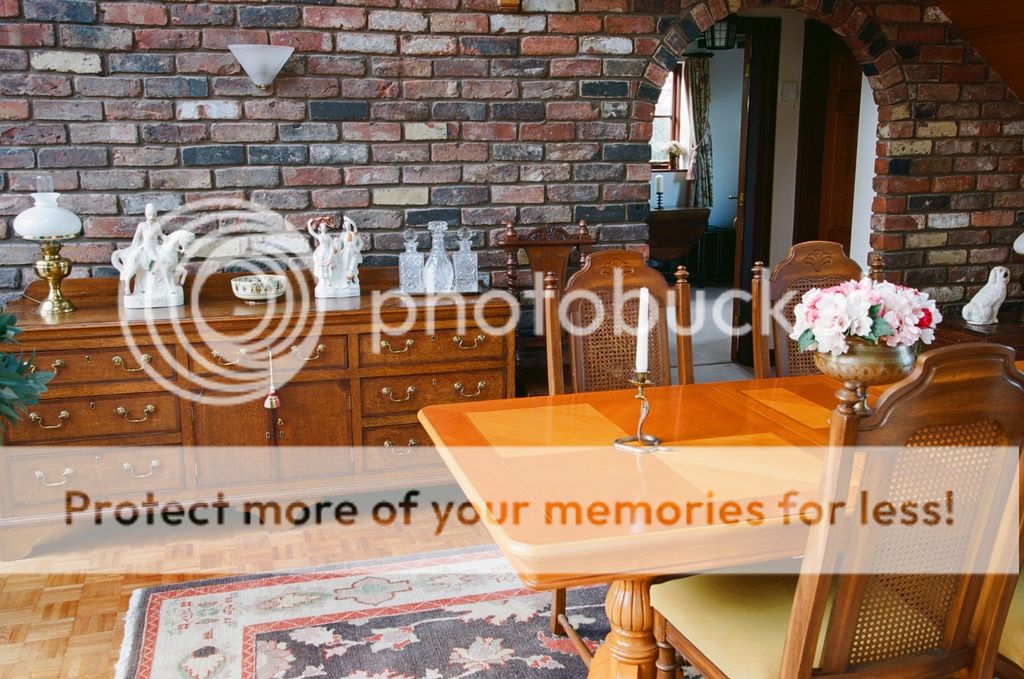
So what do you think? Pretty similar, aren’t they? Perhaps it’s going to be a draw? Let’s go in a bit closer, first a screen snip from the 6D:
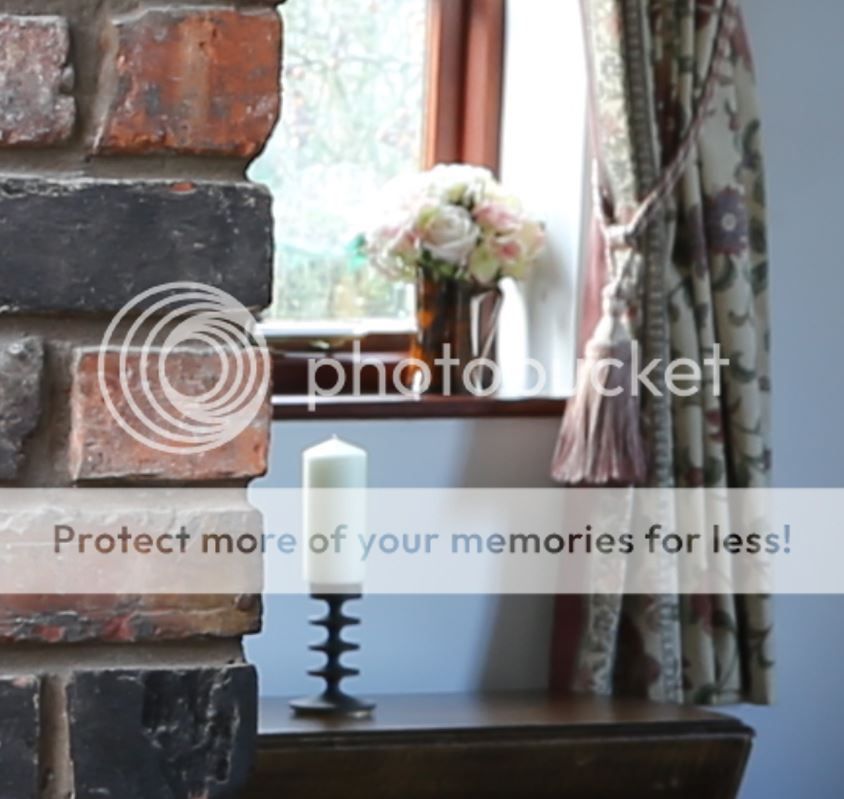
And now the EOS 3:
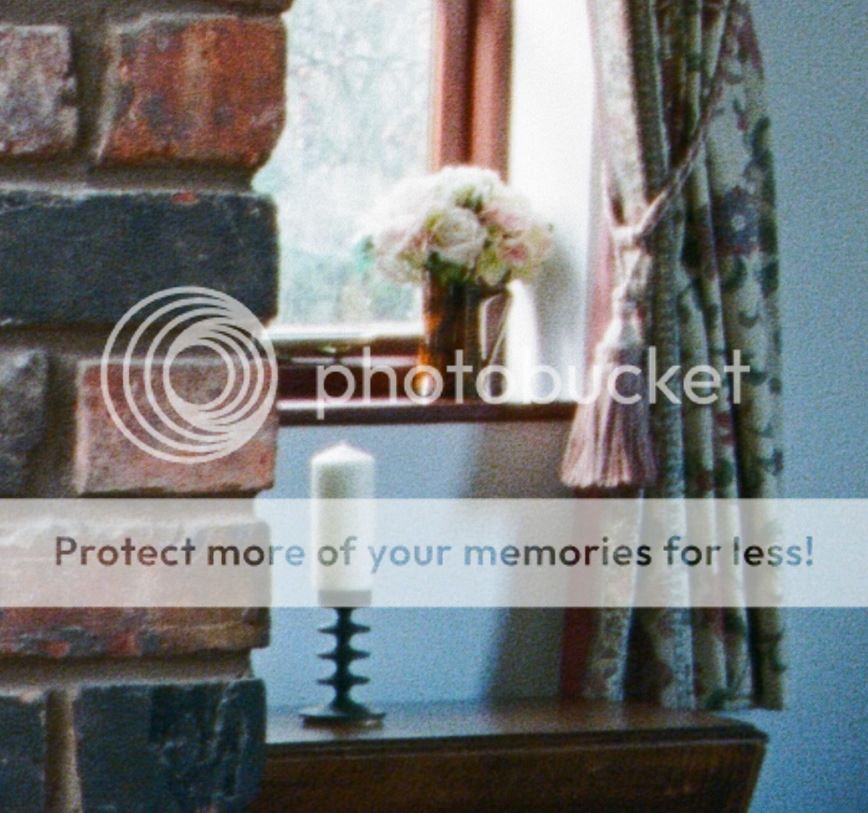
Hmmm, without the 'noise' there might be a bit more detail from the EOS 3 than the 6D? Nice colours too! Let’s try another one:
6D
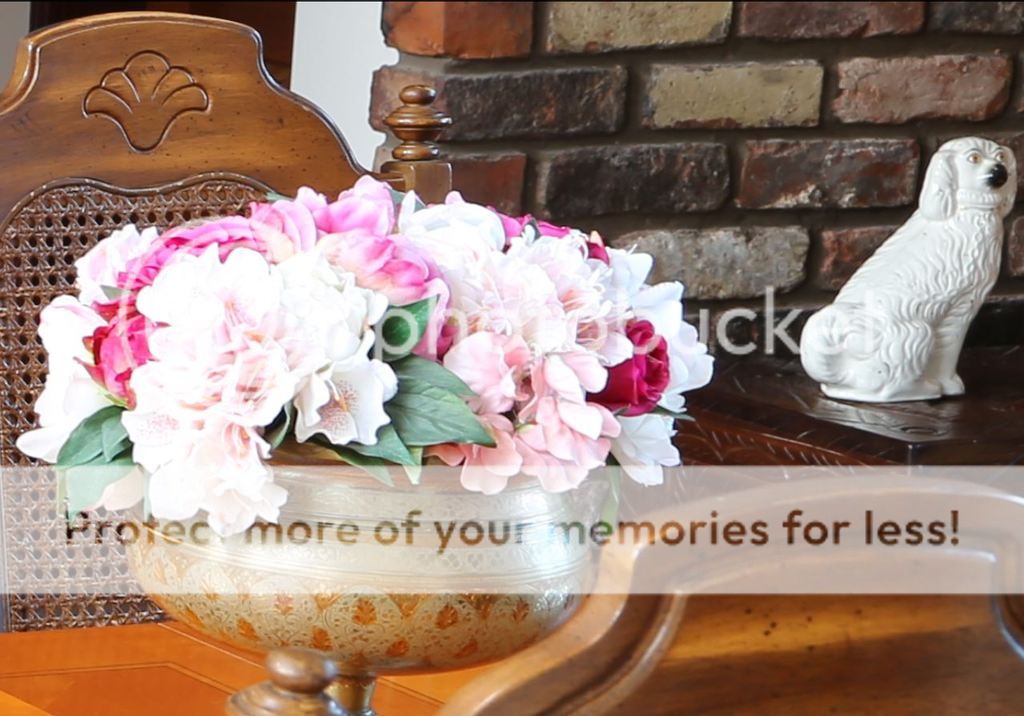
EOS3

A win for the 6D for detail here… it looks like it's going to have to be 'best of three' to decide?
6D

EOS 3
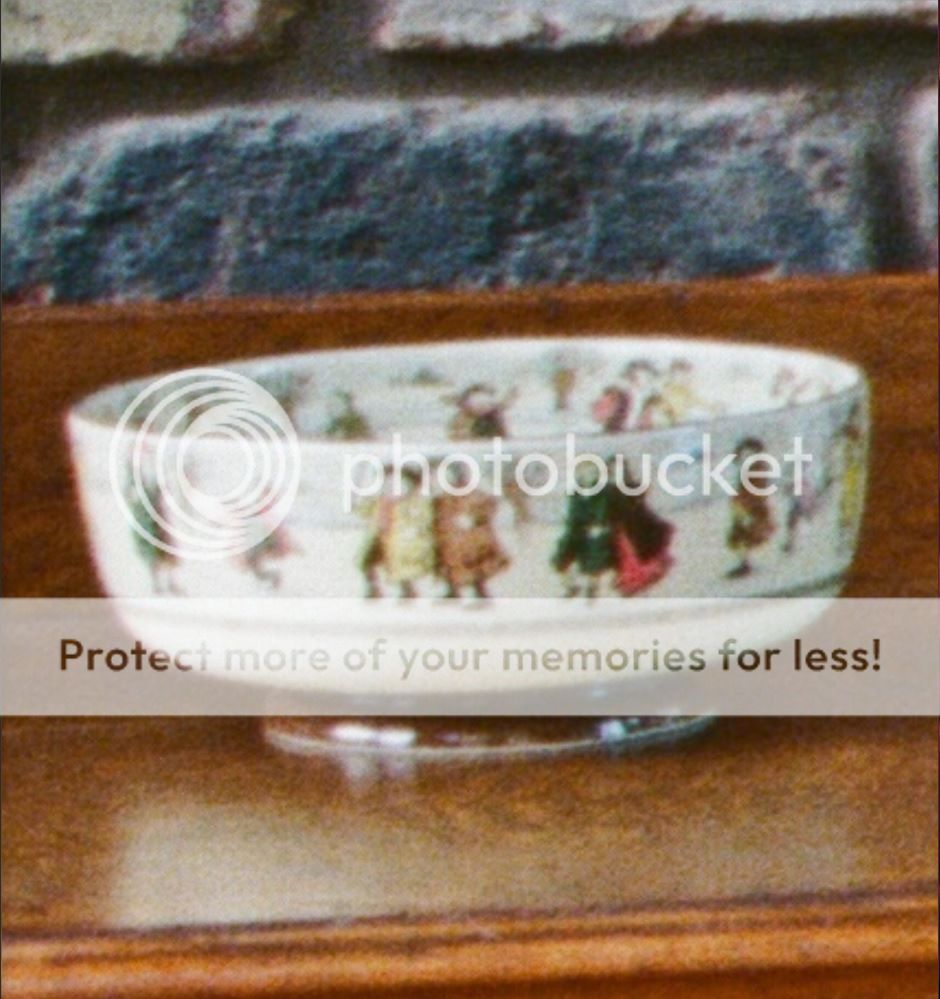
The 6D clearly takes the detail crown in this last one.
Well, both cameras managed to expose the image well, and the dynamic range appears to be similar (as far as this particular scene tests that aspect), but when it comes down to capturing fine detail the 6D digital appears to win. So do we have a clear winner then? As with most things in life, it’s not quite that simple... Out of curiosity I printed both images out at 5x7 to see how they’d look. At that size the lack of fine detail isn’t obvious and I think the average person would be pleased with either of them. I also printed them off at A4, and the difference in fine detail still isn’t instantly apparent and I doubt the film print would attract many complaints from the average 'person in the street' (unless they put their specs on and had a closer look!).
However, when looking at both photos side-by-side from a 'normal' viewing distance, I think it’s the Ektar photo from the EOS 3 that looks the nicer of the two, those rich colours seem to suit this particular scene and in comparison, I think the result from the 6D looks just a little bit flat when placed next to the Ektar photo. It would be a simple job to change this in Photoshop or Lightroom, but that’s not allowed in this test!
So who takes the crown, digital or film? Well, of course we can’t tell from just one photo, it wouldn’t be a fair test. Also, we are comparing a scanned image of the film, rather than a direct print from the negative. I think a professional lab/darkroom print from the negative would probably reveal more detail, and if so, I wouldn't like to predict the winner then!
In this single ‘snapshot’ test the resulting image from the 6D shows noticeably more detail, but I think the inkjet print I obtained from the EOS 3 scanned image looks just as good, if not nicer, up to A4 (unless you look closely). It’s a shame I can’t show that effect on line, but despite computers and the digital age being an amazing invention, sometimes it’s just not quite the same as something physical… a bit like film perhaps?
I hope you've enjoyed reading this, feel free to debate or contribute to this thread as you see fit. If I don't get too badly mauled for doing this rather limited comparison, I might try a medium format TLR camera against the 6D next!
To keep this test as even as possible, a reasonably challenging indoor scene was chosen. This was illuminated purely by natural daylight, coming from windows on three sides and two skylights. A cloudy but bright day was chosen, so the light would be as consistent and comparable as possible during the test, and the photos were taken just a few minutes apart. The scenes had both light and dark areas to test dynamic range, as well as the cameras’ ability to meter correctly for the situation. Matrix type metering was selected for both cameras. Several shots of the same scene were taken using each camera (mounted on the same tripod), and the best looking image (comparing sharpness, even exposure, etc.) was then selected from each camera for comparison.
The same Canon EF 24-105 IS L lens was used on each camera body to rule out any difference in lens quality between the two sample shots. The lens was set to an aperture of f8 (with both cameras being set to 'AE' aperture priority mode) and the zoom length was kept as similar as possible (at around 32mm) for each of the two comparison photos, so the whole image could be used from each camera. The focus point chosen was the same for each camera, with the centre spot focus aimed at the corner of the oak dresser in the centre of each photo.
The EOS3 was loaded with Kodak Ektar 100 ISO colour print film, and the 6D set to 100 ISO. Ektar was chosen due to the fine ‘grain’ of the film. The image from the 6D was a JPEG file downloaded straight from the camera using Canon’s EOS Utility download software. No post production was carried out once the image was downloaded. The film from the EOS3 was developed by a commercial film lab and scanned by them at high resolution using a Noritsu professional scanner. This gave a closed file size of 13.2mb, and the closed file from the 6D was 8.85mb. The objective of this was to obtain the sort of results the average 'home user' of each camera might normally experience in everyday 'snapshot' type circumstances.
So which camera will take the crown, will digital triumph or will silver halide win the day? Let battle commence!
The first photo is from the 6D and shows the full frame photo downloaded from the camera:

The second photo is from the EOS 3, once again featuring the full size scan received from the lab:

So what do you think? Pretty similar, aren’t they? Perhaps it’s going to be a draw? Let’s go in a bit closer, first a screen snip from the 6D:

And now the EOS 3:

Hmmm, without the 'noise' there might be a bit more detail from the EOS 3 than the 6D? Nice colours too! Let’s try another one:
6D

EOS3

A win for the 6D for detail here… it looks like it's going to have to be 'best of three' to decide?
6D

EOS 3

The 6D clearly takes the detail crown in this last one.
Well, both cameras managed to expose the image well, and the dynamic range appears to be similar (as far as this particular scene tests that aspect), but when it comes down to capturing fine detail the 6D digital appears to win. So do we have a clear winner then? As with most things in life, it’s not quite that simple... Out of curiosity I printed both images out at 5x7 to see how they’d look. At that size the lack of fine detail isn’t obvious and I think the average person would be pleased with either of them. I also printed them off at A4, and the difference in fine detail still isn’t instantly apparent and I doubt the film print would attract many complaints from the average 'person in the street' (unless they put their specs on and had a closer look!).
However, when looking at both photos side-by-side from a 'normal' viewing distance, I think it’s the Ektar photo from the EOS 3 that looks the nicer of the two, those rich colours seem to suit this particular scene and in comparison, I think the result from the 6D looks just a little bit flat when placed next to the Ektar photo. It would be a simple job to change this in Photoshop or Lightroom, but that’s not allowed in this test!
So who takes the crown, digital or film? Well, of course we can’t tell from just one photo, it wouldn’t be a fair test. Also, we are comparing a scanned image of the film, rather than a direct print from the negative. I think a professional lab/darkroom print from the negative would probably reveal more detail, and if so, I wouldn't like to predict the winner then!
In this single ‘snapshot’ test the resulting image from the 6D shows noticeably more detail, but I think the inkjet print I obtained from the EOS 3 scanned image looks just as good, if not nicer, up to A4 (unless you look closely). It’s a shame I can’t show that effect on line, but despite computers and the digital age being an amazing invention, sometimes it’s just not quite the same as something physical… a bit like film perhaps?
I hope you've enjoyed reading this, feel free to debate or contribute to this thread as you see fit. If I don't get too badly mauled for doing this rather limited comparison, I might try a medium format TLR camera against the 6D next!



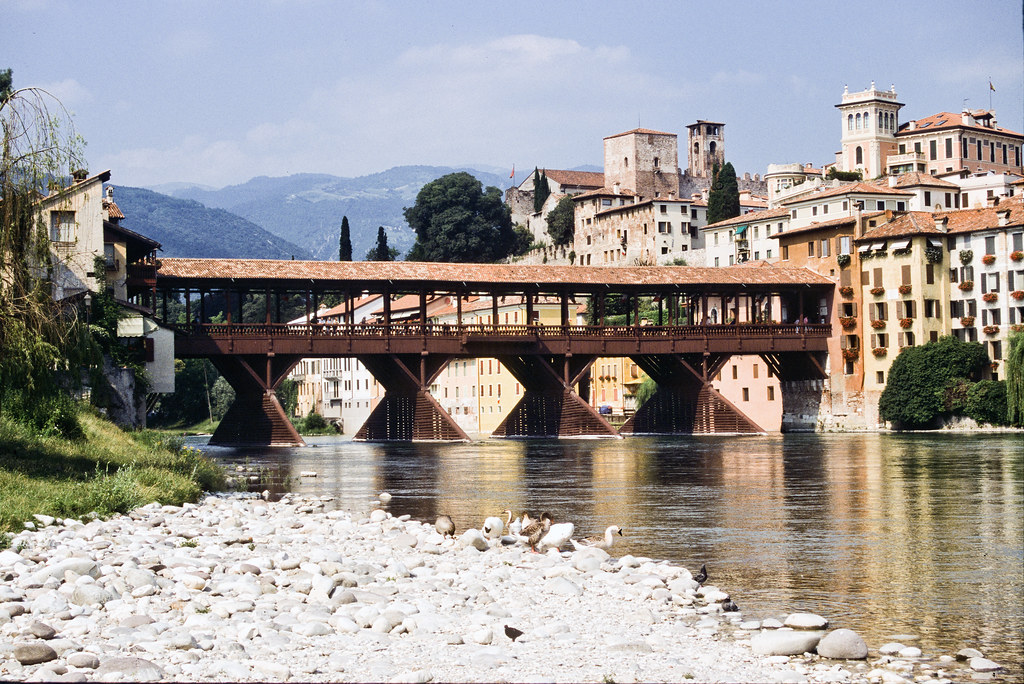
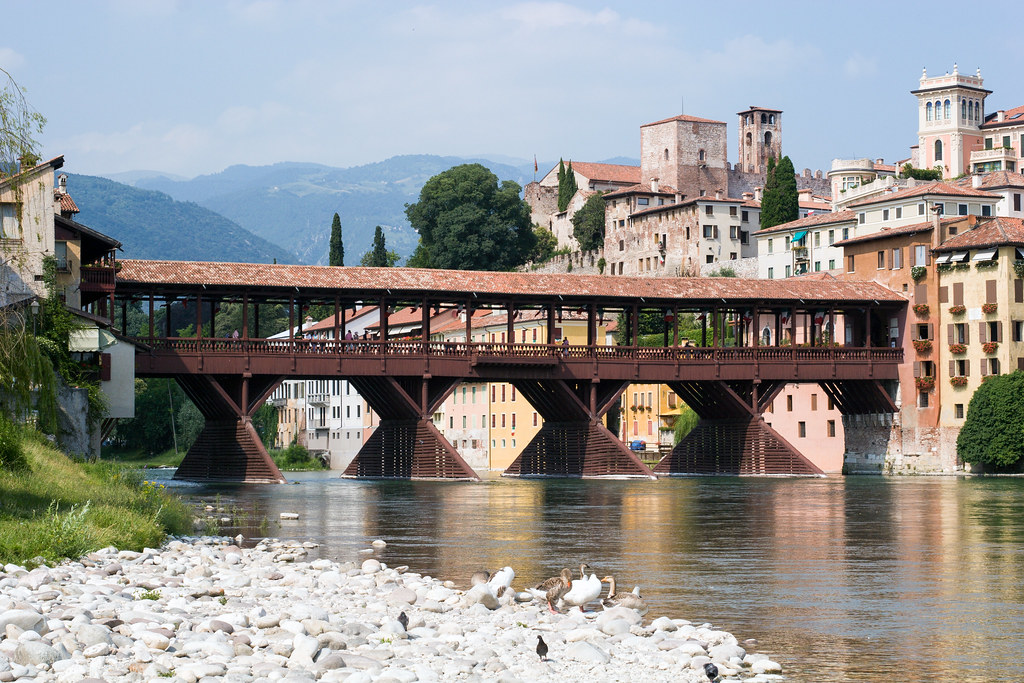
 Film vs Digital
Film vs Digital